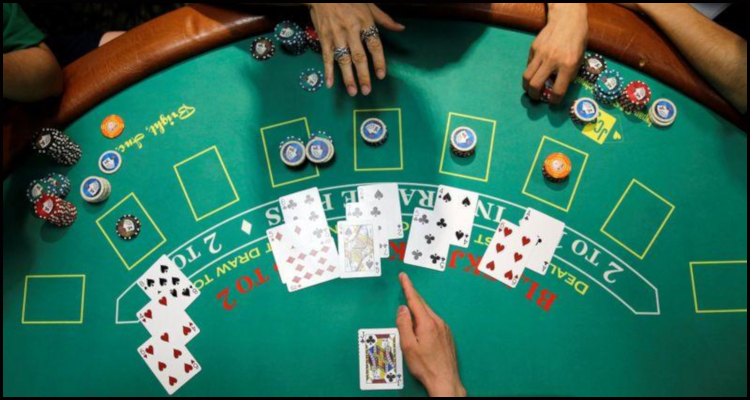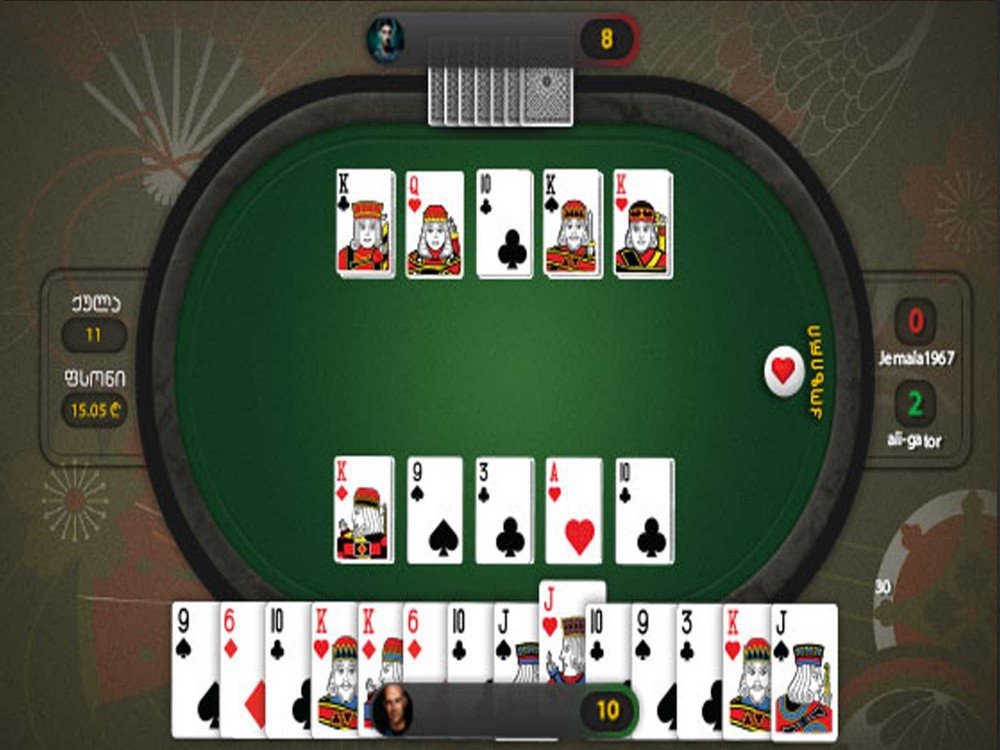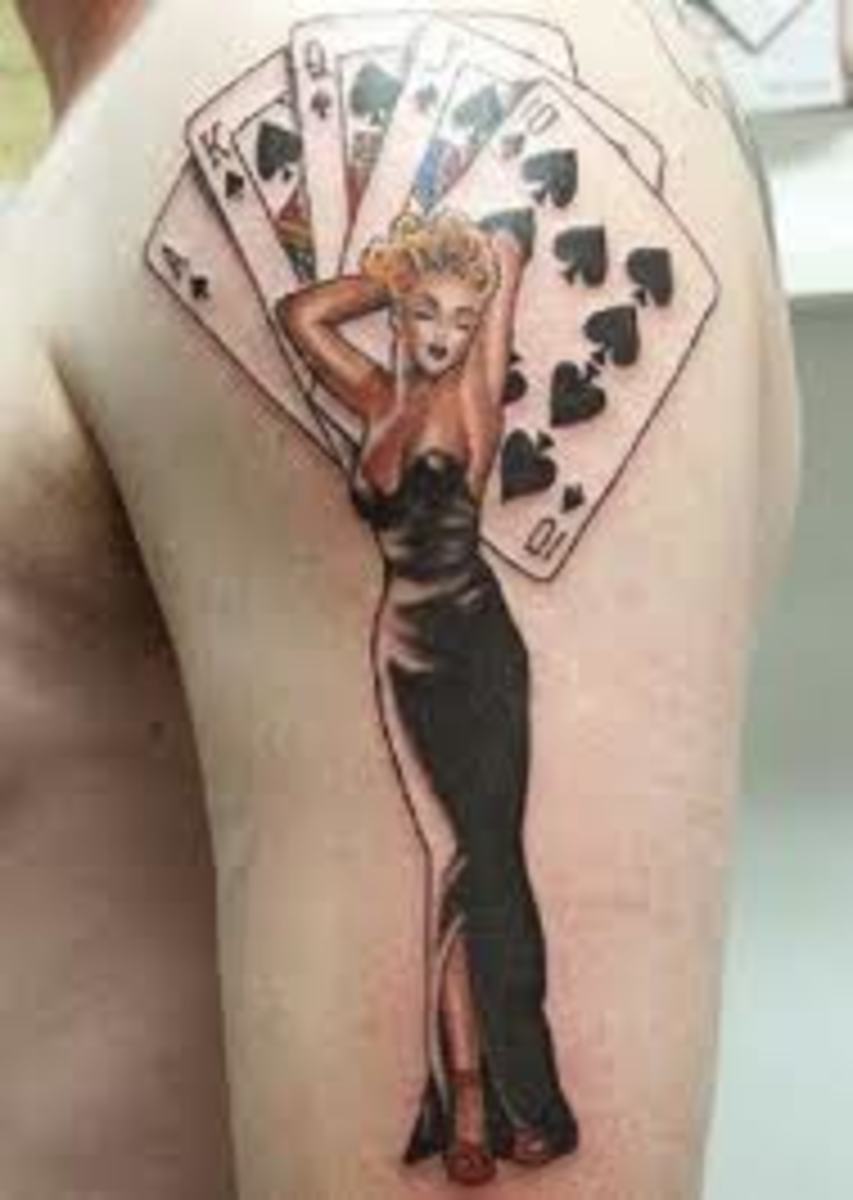Japanese Gambling Games
- Japanese Gambling Games
- Japanese Gambling Games
- Japanese Gambling Game Pachinko
- Japanese Pachinko Game
- Chinese Gambling Games
“General and Online Gambling Laws in Japan”
#1 Sports Toto
Chō-Han Bakuchi or simply Chō-Han (丁半) is a traditional Japanese gambling game using dice. The game uses two standard six-sided dice, which are shaken in a bamboo cup or bowl by a dealer.
- Pachinko (パチンコ) is a type of mechanical game originating in Japan and is used as both a form of recreational arcade game and much more frequently as a gambling device, filling a Japanese gambling niche comparable to that of the slot machine in Western gambling.
- Pachinko is Japan's biggest game. And yet many people overseas have never even heard of it. WHERE we played: Ebisu Cafe in Takayama!
- Casinos in Japan are virtually unknown, but that does not mean, of course, that the Japanese are not lovers of gambling. There are many games of chance that have originated in Japan that have not yet been westernized. Keno is one of them and pachinko slot machines are another.
- This category lists the games and gambles the characters have played in every Kakegurui media.
Sports betting was legalised in Japan under the Sports Promotion Voting Act, commonly known as SPV, on 10 May 1998. This act gave authority to the Ministry of Education, Sports, Science and Technology (MEXT) to be the regulator of soccer betting in Japan. The purpose of this was to bring funding to Japanese sports in order to improve Japan’s competiveness in world competitions and promote sports as an essential life-habit throughout the nation.
The only form of betting that has been allowed under SPV is J-League Soccer Pools (also known as sport toto and as soccer toto). This exclusively allows for betting on professional Japanese soccer (J1, J2, Emperors Cup and Nabisco Cup matches).
Today, there are many authorized versions of sports toto available. Toto, Toto Mini, Toto Goal 3 and Toto Goal 2 involve making your own selections. These function just the same as pari-mutuel sports betting using a totalisator. The other forms of sports toto are under the brand name Big. These versions, while using Japanese soccer matches to determine the results, are lotteries where the computer generates selections at random. Each form of toto is explained below.
Toto
The standard toto is essentially what European betting sites call accumulators. There are 13 Japanese soccer matches listed on the card. Players make selections of home (1), draw (0) or away (2). Picking all correct on a ¥100 wager the prize is 100 million yen or can be up to 200 million yen if there is carryover. It is also possible to use the card to play singles, doubles and trebles. The payout for winning all games selected is determined by the amounts others have wagered and how much others have won.
Mini Toto
This is a mini version of the soccer toto mentioned above. The difference: there are 9 games to choose from and 5 are selected. These are divided into different wagers using what is elsewhere referred to as round robin betting (or boxed). This means it is still possible to win a small return even if one of your five selections has lost.
There are many places to purchase Toto and Big tickets. Online these are available from the official toto website, toto Rakuten and Yahoo! toto. Bank account holders of Japan Net Bank, Rakuten Bank and Sumitomo Mitsui Banking Corporation (SMBC) can purchase toto tickets at the ATM. You can find them at convenience stores including Lawson, FamilyMart, Circle K, 7-Eleven and Ministop. In major cities terminals are also available.
The important laws for players to be concerned with are simple. You must be age 19+ to purchase tickets, there is no tax on winnings and tickets are not sold in convenience stores on game days. There are many other laws that involve who can play. To however state it simply: if you don’t work in soccer, don’t work for the government, and are at least age 19 – you are eligible to play.
#2 Public Sports – Kōei kyōgi
There are four public sports (kōei kyōgi) allowed for pari-mutuel betting under Japanese law. These are horse racing (keiba), keirin (bicycle racing), powerboat racing (kyōtei), and autorace (asphalt speedway motorcycle racing). These are wagered using betting pools where 75% of the prize pool is returned to gamblers using a totalisator (tote-board) system.
Age Limit and Taxes on Public Sport
Unlike lottery which is exempt, income tax can also be owed on returns from racing tote. This mostly applies to gamblers with over ¥500,000 per year in dividends. The tax law here is very complex. For most it is not possible to deduct tickets from losing races against tickets from winning races. The rates depend on a person’s other income and resident status. It is best to check with an accountant (kaikeishi) for tax advice. Also the age limit for this form of gambling is higher. While lottery has no age limit, pachinko is 18+, and soccer toto 19+, here you must be age 20+ to purchase tickets. All this said, I will now provide details of each form of public sport.
Horse racing (Keiba)

Horse racing has a long history in Japan. Since at least early-eight-century horse races were conducted at major shrines and temples featuring competition among samurai. The May race at Kamigamo Shrine in Kyoto began in the eleventh century and over 800 years later is still an annual event. As for modern horse racing, this was introduced by foreigners living in Yokohama in 1861. In 1907 it became a legal form of betting. However, during the latter part of World War II racing was suspended. It returned with the passing of the Horse Racing Law (July 13, 1948, Law No. 158).
Today this is a big money gambling business bet on legal totes. There are two organisers. The Japan Racing Association (JRA) oversees ten tracks. Five of their tracks host the majority of Japan’s 24 annual Grade I (G1) races – most of which gather major international attention. The second organiser is the National Association of Racing (NAR) which oversees local racing operated by prefectures or large cities. There are several dozen racecourses nationwide that combine to host more than 21,000 races annually.
Betting Japanese Horse Racing
JRA has an English version website that is extremely comprehensive. You can learn all about horse racing in Japan and can even read their how to bet guide (in English). To explain quickly: each track features different types of wagers. In total there are ten types. A very quick rundown of each is as follow.
- Win – this is a straight wager on which horse will win.
- Place – for races with 8 or more horses this bet wins if your selection finishes in the top-three. For races with 6 or 7 horses it wins if your selection finishes in the top-two.
- Quinella – This wager is available for races with 9 or more runners. You select which two you feel will come in the top two. If you’re correct (any order) your bet wins.
- Bracket Quinella – Same as above except you can only select horses grouped together on the ticket.
- Quinella Place – This is the same as quinella except your bet wins if your two selections both finish anywhere in the top 3.
- Trio – You pick three horses in a race to finish in the top 3. Any order wins but you need all three selections to place
- Exacta – Pick which horse will finish first and which will finish second. You need to be correct in exact order to win.
- Bracket Exacta – This is the same as above but you can only select horses that are grouped together on the ticket.
- Trifecta – Same as Bracket Exacta but you pick the top 3 finishers instead of top two. All must win in exact order selected
- Pick 5 – this is a 5-fold accumulator. To win you must pick all five winners from 5 designated races.
Understand, horse race betting in Japan is strictly done as pari-mutuel tote betting. In other words, it is a betting pool. All races regardless of their track, type, organiser, grade or any other factor pay 75% of the betting pool to betting winners. The remaining 25% goes towards paying government taxes, the winners of the race, operating costs etc. and what is left over is the organisers profit. Again this is big money business in Japan. In 2011 JRA races had ¥2.3 trillion in betting turnover and NAR had ¥314.9 billion. In United States dollar (USD) that’s a combined $29.18 billion in annual legal horse race betting turnover.
Most Popular JRA Racecourses (Hosting Grade I)
Below is a list of the five most famous JRA tracks in Japan and the noteworthy races they host.
- Tokyo Racecourse – built in 1933 and located in Fuchu, Tokyo this is the premier racecourse in Japan. It is home to many famous races including Japan Cup, Japanese Derby, the Asian Mile Challenge’s Yasuda Kinen, Japanese Oaks, Tenno Sho (Autumn), February Stakes and NHK Mile Cup.
- Nakayama Racecourse – first opened in 1907 but was completely rebuilt in 1990. It is located in Funabashi, Chiba. Noteworthy Grade I races held here include Japanese 2,000 Guineas (Satsuki Sho), Sprinters Stakes, Asahi Hai Futurity Stakes and Nakayama Grand Prix (Arima Kinen). There are also many Grade II and Grade III races and the famous J-Grade I races Nakayama Grand Jump and Nakayama Daishogai.
- Kyoto Racecourse – located in Kyoto this dirt and jump course opened in 1925 and was rebuilt in 1999. It is home to famous G1 races Tenno Sho Spring, Shuka Sho, Japanese St. Leger (Kikuka Sho), Queen Elizabeth II Commemorative Cup and the Mile Championship. Also many G2, G3 and J-Grade II and III races are held here too.
- Hanshin Racecourse – Located in Takarazuka, Hyogo this racecourse opened in 1949 and underwent major renovations 1999 and 2006. It has two turf courses a dirt course and a jump course. Here famous Grade I races Japanese 1,000 Guineas (Oka Sho), Takarazuka Kinen, Japan Cup Dirt and Hanshin Juvenile Fillies as are Grade II and III and J-Grade II and III races.
- Chukyo Racecourse – Located in Toyoake, Aichi this course was built and opened in 1994. It has a grass course, a dirt course and a jump course. Its main attraction is the G1 race Takamatsunomiya Kinen which is for horses age 4+.
5 other races course part of the Japan Racing Association (JRA) are Kokura Racecourse in Kitakyushu, Fukuoka and four courses named after their location (for example Sapporo’s track is called Sapporo Racecourse) in Sapporo, Hakodate, Fukushima, Niigata. The many other tracks found in Japan are not JAR but are rather administered by the National Association of Racing (NAR).
#3 Bicycle Racing (Keirin)
Keirin is a form of bicycle racing that has been on Olympic Sport since 2000. This is quite impressive considering it was invented in Japan for the purpose of gambling. It was the Bicycle Racing Act (Act No. 209 of 1948) passed in August 1948 that made pari-mutuel betting on Keirin legal. The first race that bets were taken on came three months later in Kitakyushu (then Kokura). The popularity of this sport spread rapidly with other prefectures and large cities soon organising races.
The arenas which Keirin races are held are called Velodromes. There are about 47 of these nationwide that operate pari-mutuel tote betting. They are all under the authority of the JKA Foundation which regulates this sport as well as auto race competitions in Japan. Since 2007, betting tickets can be purchased online and can even be purchased with internet banking transfer. This has seen the sale of betting tickets increase resulting in annual turnover exceeding 800 billion yen. If you speak Japanese and live in Japan you can purchase tickets online at www.keirin.jp.
If you’re looking information about how the races works you can find it in Wikipedia entry: Keirin. As far as the betting is concerned: what you need to know is there are 9 cyclists in each race. The wager options are the ones mentioned in the above section on Japan horse race betting. One difference is exacta is called perfecta for keirin betting. There are also special bets they pay large dividends. These are K-3: select the winners of the last three races of the day – K-5: do the same for the last 5 races, and BIG DREAM – select the first two finishers (any order) in each of the day’s final four races. For K-5 and BIG DREAM there is carry over to the next race when there are no winners. For a guide to betting at the track refer to the JKA Guide to Keirin (English Language).
#4 Motorcycle Racing (Ōto Rēsu)
The Japanese version of motorcycle speedway (known in English as auto race) is another sport that started in Japan for the purpose of betting. It was legalised under the Auto Racing Act in May 1950. Five months later the first autorace event took place at Funabashi Autorace Circuit.
This sport had many struggles early that took time to iron out. The flat dirt surface initially used was banned by the government in the 1960’s over safety concerns. This is when we changed to an asphalt course that involved more riders, better bikes and faster speeds. Soon later the sport became ridden with match fixing scandal and was controlled by Yakuza. In 1967, a regulatory body was established and the rules were greatly changed. Now, the days before a race, riders stay in dormitories with more than 500 bikers. They have no communication with the outside world during this period. This odd tradition is what helps maintain the integrity of autorace.

As discussed in the previous section, the JKA Foundation organises both keirin and autorace. The betting markets are the same for both sports and JKA has a guide in English explaining betting details, dynamics of the sport, and even information about circuits. With just over 100 billion yen in pari-mutuel sales annually; autorace appears to be only one-eighth as popular as keirin. This is however a misleading statistic. Keirin has more volume because it has far more venues and races. Autorace draws higher betting volume of the two when looking at betting volume per race.
If you speak Japanese and live in Japan you can find details how to bet online using netbank or standard banking on the official website.
#5 Powerboat Racing (kyōtei)
Kyōtei is high speed boat racing. This Japanese sport was created for the purpose of gambling in June 1951 with the passing of the Motorboat Racing Act. Its first sanction raced for betting purposes took place at Omura Stadium in April 1952. This has become the most wagered sport on a per race basis in Japan for several reasons. First races take place at high speed and are exciting. A typical race last only a couple minutes. Secondly, the sport is extremely well regulated with respected inspectors and over 100 bylaws. Lastly, the sport has more potential for marketing than the others. 10% of its races are female and many are young and attractive. There is even a video game that allows players to compete at the most popular boat-courses.
There are many thousands of kyōtei racers in Japan and the sport has a massive following. Of the many courses there are 24 where races that can be wagered. Online betting is available at www.teleboat.jp and phone accounts can be set up with the same company. Another neat aspect of this sport is much of the proceeds go to the Nippon Foundation who is involved in many charitable projects (a list here). They are co-organiser of the sport along with the Boat Race Promotion Association.
This sport is so well followed that many news stations show tickers of all the race results. You can also find kyōtei results online (including a stream of the ticker), and there are even info-lines that you can phone in for results, weather information, stats and much more for all the major boat courses. This is a fun an exciting sport to follow and wager on, and an English language kyōtei betting guide is available too.
1 2 3
This is a list of traditional Japanese games. Some of them are localized.
Games[edit]
Japanese Gambling Games
Children's games[edit]
- Ken-ken-pa (Hopscotch)
- Nawatobi (Jump rope)
Board games[edit]
- Go - originates in China, important rules change (free opening) in Japan
Card games[edit]

- Daifugō (another name: Daihinmin)
- Two-ten-jack (Tsū-ten-jakku) - a Japanesetrick-taking card game.
- Uta-garuta - a kind of karuta (another name: Hyakunin Isshu)
Tile games[edit]
- Japanese Mahjong - Japanese mahjong, also called rīchi mahjong

Dice games[edit]
Japanese Gambling Games
- Cho-han bakuchi - a gambling game